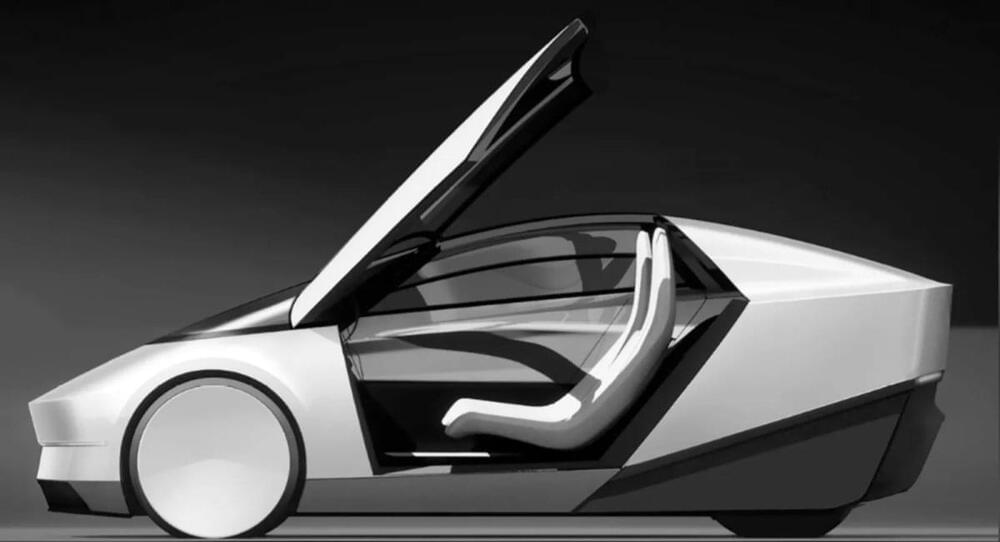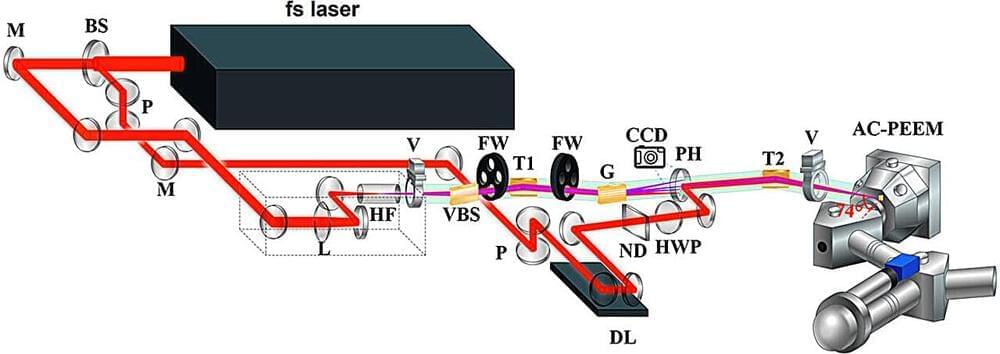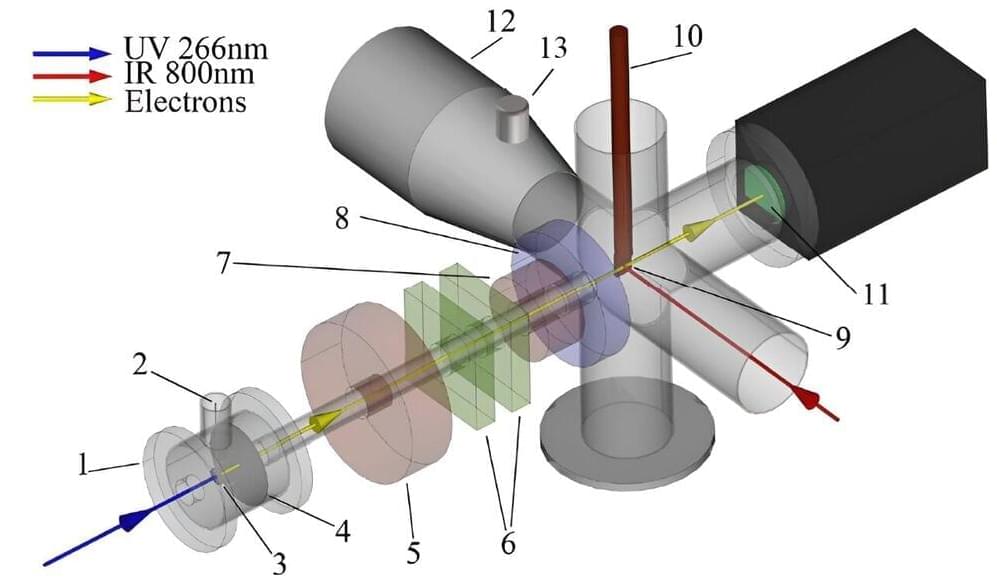Jul 12, 2024
Belle II experiment reports the first direct measurement of tau-to-light-lepton ratio
Posted by Saúl Morales Rodriguéz in categories: electronics, particle physics
The Belle II experiment is a large research effort aimed at precisely measuring weak-interaction parameters, studying exotic hadrons (i.e., a class of subatomic particles) and searching for new physical phenomena. This effort primarily relies on the analysis of data collected by the Belle II detector (i.e., a general purpose spectrometer) and delivered by the SuperKEKB, a particle collider, both located at the High Energy Accelerator Research Organization (KEK) in Tsukuba, Japan.

















